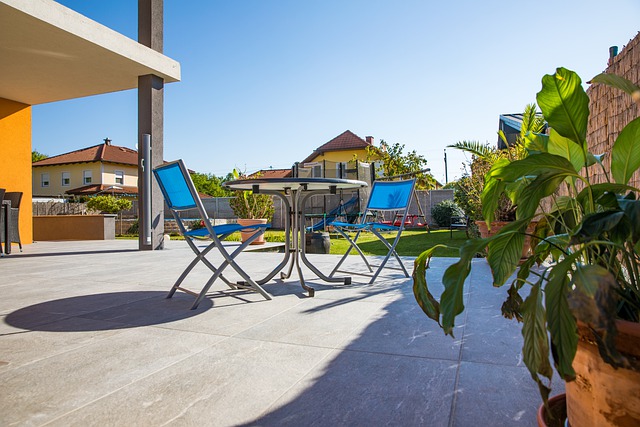Introduction
Cats are known for their cleanliness and their ability to use a litter box. However, there are instances when cats may choose to pee on furniture instead. This behavior can be frustrating for cat owners and can lead to unpleasant odors and damage to furniture. Understanding why cats engage in this behavior is essential in order to address and prevent it.
Marking Territory
Marking territory is one of the primary reasons why cats may pee on furniture. Cats have scent glands in their paws, cheeks, and tails, and they use urine to mark their territory. By urinating on furniture, they leave their scent and communicate to other cats that the area is already claimed. This behavior is more common in unneutered or unspayed cats, as they have a stronger drive to mark their territory.
Medical Issues
Sometimes, cats may pee on furniture due to underlying medical issues. Urinary tract infections, bladder stones, and kidney problems can cause cats to experience pain or discomfort while urinating. As a result, they may associate the litter box with pain and choose to urinate on furniture instead. If a cat suddenly starts peeing on furniture, it is important to rule out any potential medical issues by consulting a veterinarian.
Litter Box Problems
Litter box problems can also contribute to cats peeing on furniture. Cats are very particular about their litter box preferences, and any changes or issues with the litter box can cause them to seek alternative places to urinate. Some common litter box problems include:
Dirty litter box: Cats prefer clean litter boxes and may avoid using them if they are dirty or have a strong odor.
Litter box location: Cats prefer quiet and private areas for their litter boxes. Placing the litter box in a high-traffic area or near loud appliances can deter them from using it.
Litter type: Cats have different preferences when it comes to litter type. Some may prefer clumping litter, while others may prefer non-clumping litter. Experimenting with different types of litter can help determine the cat’s preference.
Litter box size: Cats need enough space to comfortably move around and dig in the litter box. If the litter box is too small, they may choose to urinate elsewhere.
Addressing these litter box problems and ensuring that the litter box meets the cat’s preferences can help prevent furniture soiling.
Stress and Anxiety
Cats are sensitive animals and can easily become stressed or anxious. Changes in their environment, such as moving to a new home, the addition of a new pet, or the presence of unfamiliar people, can trigger stress and anxiety. In response, cats may engage in inappropriate urination as a way to cope with their emotions. Creating a calm and secure environment for the cat, providing hiding spots, and using pheromone diffusers can help alleviate stress and reduce the likelihood of furniture soiling.
Conclusion
Understanding why cats pee on furniture is crucial in order to address and prevent this behavior. Marking territory, medical issues, litter box problems, and stress and anxiety are common factors that contribute to this behavior. By addressing these underlying causes and providing a suitable environment for the cat, cat owners can minimize the likelihood of furniture soiling.
References
– www.aspca.org
– www.vet.cornell.edu
– www.petmd.com













